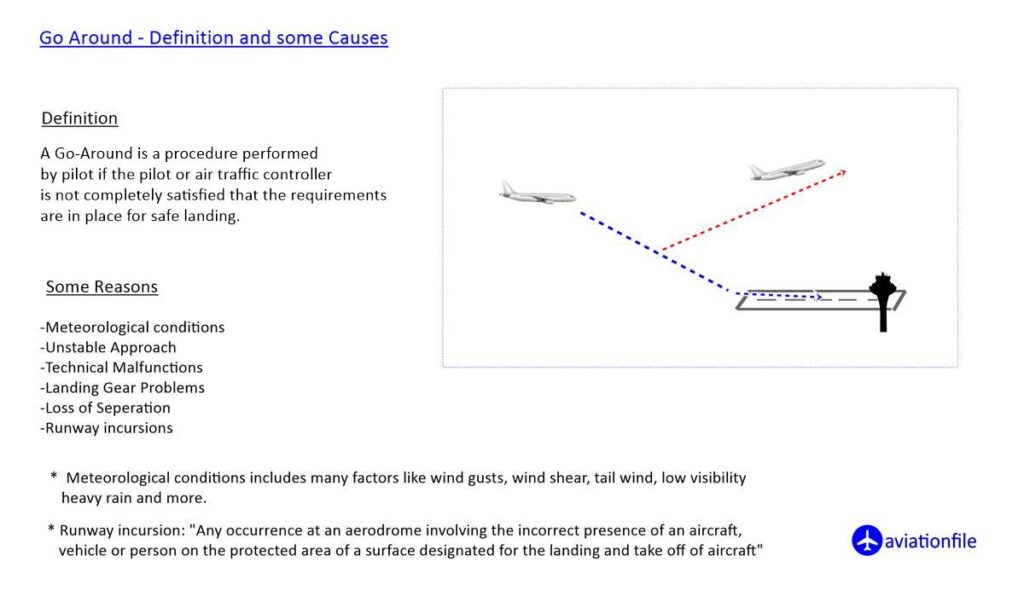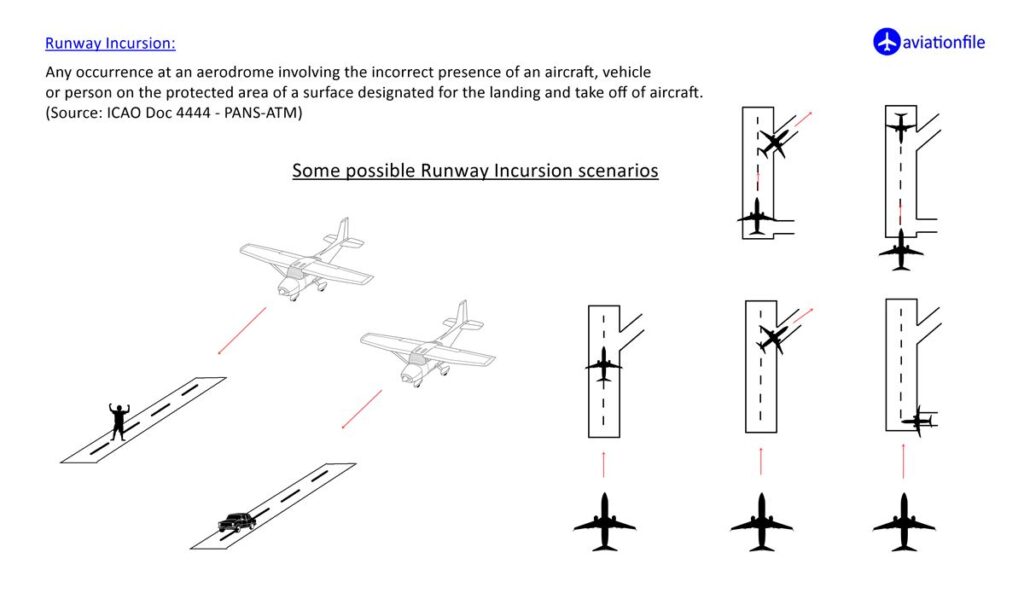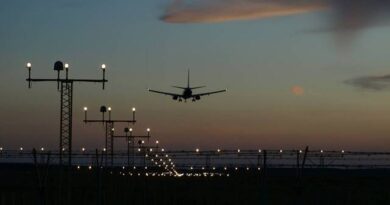Go Around in Aviation: Reasons, Timing, and Best Practices
In this article we will cover Go Around in aviation with its definition and some possible reasons. Before we get to the reasons of going around, let’s define what is “go around”. A go around is a procedure that is performed by cockpit crew if a pilot or air traffic controller is not completely satisfied about the requirements are in place for a safe landing.
In a flight, the risk on the stages of landing and departure are relatively high. And some of the worst aviation incidents occurred during these stages. In addition, Go Around is carried out in unusual or unexpected situations other than normal flow, and it is required that the aircraft performs a relatively sharp maneuver. Considering these factors, the following question may come to mind. “Is going around maneuver risky?” The answer is both yes and no.
Airplanes are produced and developed by using high technology with considering all circumstances. In this regard, go around is among the normal maneuvers of the aircraft. Pilots are trained against all conditions during their training and they work on and experience go around maneuver for training purposes many times. Air traffic controllers are also trained about the conditions of probability of go around. They also learn decision making process and make practices during their training. In addition, go around procedures are designed by taking into account of aircraft performances and airport conditions, and in this sense, it is a safe maneuver. As a result, go around maneuver must be implemented in accordance with the rules and procedures for a safe maneuver where all possibilities are considered.
Airplanes do “go around” for many reasons. It can be very annoying and frightening, especially for passengers inside an airplane who wait to land at an airport at the end of a flight. But you should not forget that the decision of go around is completely due to safety reasons.

Enhancing Flight Safety with Go-Around Decision Tools
Go-around decision tools are essential in modern aviation, aiding pilots in determining when to abort a landing to maintain safety. These tools encompass standardized procedures, real-time data systems, and training programs designed to assist pilots during critical flight phases. For instance, stabilized approach criteria provide specific parameters—such as speed, descent rate, and aircraft configuration—that must be met for a safe landing. If these criteria are not satisfied, a go-around is recommended to prevent potential accidents. Additionally, advanced avionics systems offer real-time feedback on approach stability, alerting pilots to deviations from set parameters. Comprehensive training programs further equip pilots with the skills and confidence to execute go-arounds effectively. By integrating these tools, the aviation industry aims to reduce human error and enhance overall flight safety.
Some Reasons for Go Around
Meteorological conditions: Meteorological conditions take the first place among the reasons. Bad weather conditions which the planes encounter in the final approach phase (turbulence, cross wind, wind shear, low visibility, heavy rain …) can affect their stability and cause them to do go around.
Low visibility: In cases where the visibility is low due to meteorological conditions, planes approach to a certain point. This point is called decision height and when the plane reaches this point, the decision is taken as go around and applied if the runway is still not visible.
Technical problems: Technical problems that may be encountered in aircraft or auxiliary devices located on the ground may also cause a go around. IFR (Instrument Flight Rules) flying aircraft descends to a certain point by taking reference from the device called ILS (Instrument Landing System). Malfunctions such as signal oscillation that may occur in these devices, problems such as calibration or problems that may arise in devices by communicating with this system in the aircraft may cause go around.
Unstable approach: Sometimes airplanes cannot not approach to runway stably for many reasons. For example, being taken to the final approach by the approach controller with high altitude or meeting the runway from a short distance with an early vectoring or control problems encountered by pilots. Such situations may also result in possible go around.
Landing gear problems: Problems such as not being locked or not extended landing gear of airplane are among the reasons for going around which are not frequently encountered.
Separation problems: Separation problems can be seen at any airport, but are more common at busy ones. Today, there are more than 1000 daily flights including landing and departure in a busy airport. In such conditions, the aircrafts are separated according to safety minimum standards by the air traffic controllers. Sometimes these separations can be lost.
The plane which has the departure clearance may abort its departure, the landing plane may fail to vacate the runway, the controller may cause to loss of separation by giving instructions below the minimum standards etc.
It is possible to increase these cases and sometimes there may be unpredictable ones. For example, a passenger inside an airplane that receives take off clearance and enters the runway may get sick and the plane may not take off, and the approaching plane must go around because the runway is not clear.
On that point, the risk about going around that we mentioned at the beginning of the article increases in such cases. In such moments, air traffic controllers and pilots need to make quick and accurate decisions concerning safety as priority.
Runway incursions: Runway incursions are also among the reasons for going around. Definition of runway incursion is “Any occurrence at an aerodrome involving the incorrect presence of an aircraft, vehicle or person on the protected area of a surface designated for the landing and takeoff of an aircraft”. As you can see from the definition, there are many types of runway incursions, and in all these cases the approaching aircraft may have to execute go around. For example, a vehicle in ground operation enters to runway without permission, an officer working on the edge of the runway breaks the safety distance, an animal which suddenly enters to runway like a dog or fox and etc.

Go around is common in aviation. According to Australia Civil Aviation Safety Authority, in Australia, over 800 standard go-arounds are performed in a typical year. In all cases where there is a possibility of go around, those who have to make a decision must make their decisions without hesitation in a safe manner, and when these conditions are met, go around is not risky and you can sit back and enjoy the additional flight for a while ?
For more articles click.


